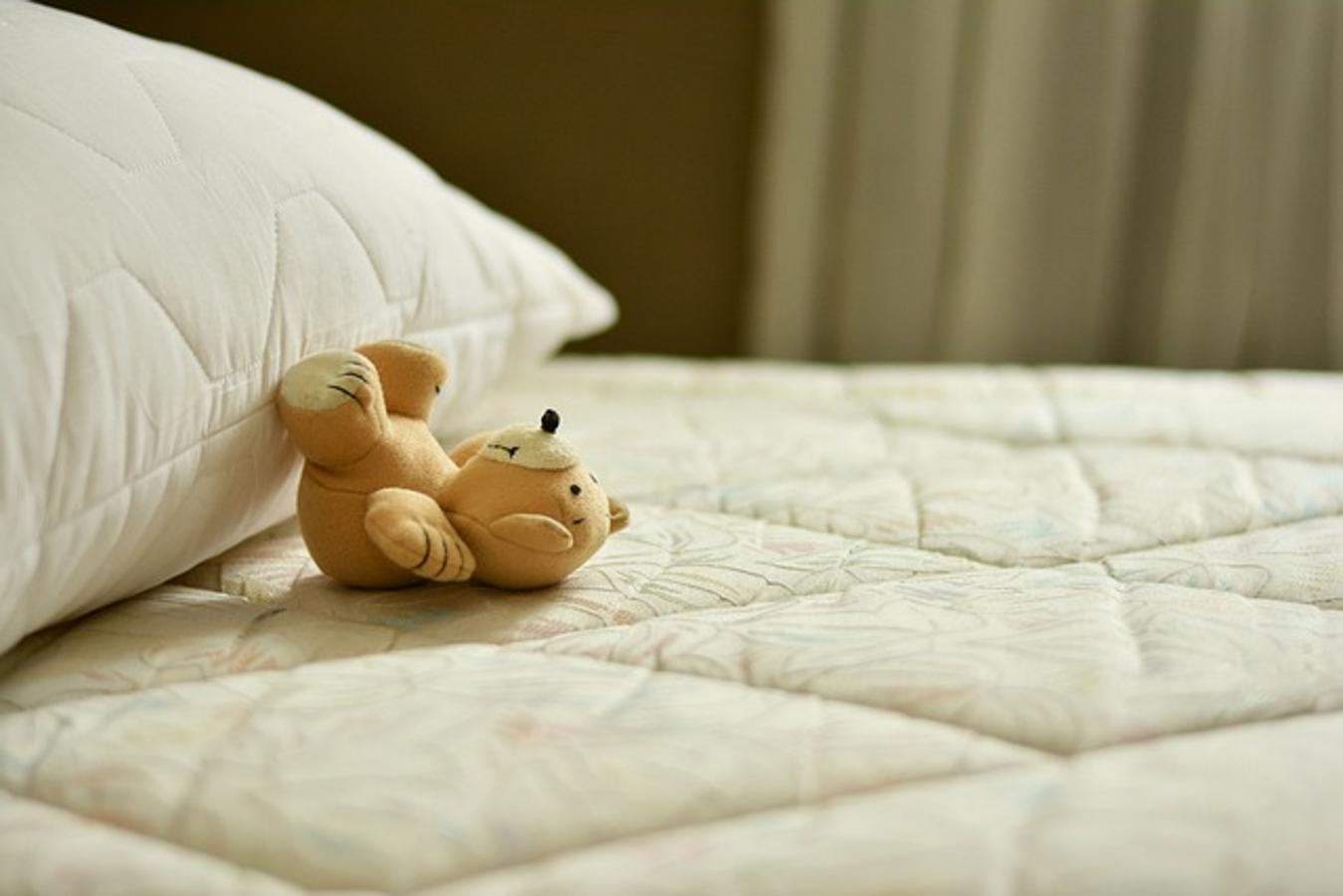Introduction
Choosing a mattress involves many important considerations—from comfort to cost to materials used. One question that has gained traction among consumers is whether popular mattress brands, such as Sealy, contain fiberglass. This concern mainly stems from health and safety considerations. This article aims to provide a thorough examination of this topic, guiding you through the materials used in Sealy mattresses, the potential risks associated with fiberglass, and safe alternatives.

Understanding Sealy Mattresses
Sealy has been a well-respected name in the mattress industry for over a century. Known for its commitment to comfort and quality, Sealy offers a variety of mattress types including innerspring, memory foam, and hybrid models. They incorporate advanced technology like Posturepedic to provide support where it’s needed most. The company claims to use high-quality materials to enhance sleep experience and durability.
Sealy mattresses are reputed for their longevity, often seen as a worthwhile investment. They cater to a broad audience, from budget-conscious individuals seeking basic comfort to those splurging on luxury. However, the specific materials used in their construction often require closer examination to address concerns like the presence of fiberglass—a question more and more consumers are asking.

Common Materials in Mattress Manufacturing
Numerous materials are utilized in mattress manufacturing, each contributing to comfort, support, and safety. Commonly used materials include:
- Innerspring: Coils provide the foundational support.
- Memory Foam: Known for its adaptability to body shape.
- Latex: Offers a natural sleep surface and is often hypoallergenic.
- Polyurethane Foam: Common in mattresses for cushioning.
- Natural Fibers: Wool and cotton add comfort and regulate temperature.
- Fire Retardant Materials: Necessary for meeting safety standards.
Fire retardant materials often spark concern due to the potential use of hazardous chemicals or fiberglass to meet flammability standards. Understanding each material involved helps contextualize whether fiberglass is commonly used and why.

Fiberglass in Mattresses: An Overview
Fiberglass is sometimes used as a fire barrier in mattresses. It is an effective, low-cost solution to meet flammability standards, especially in budget mattresses. Its main function is to provide a non-flammable layer that prevents the mattress from igniting easily upon contact with fire. While its effectiveness is undisputed, the potential health risks associated with fiberglass exposure have become a significant concern for many consumers.
When a mattress cover containing fiberglass is removed or damaged, tiny shards can be released into the air, posing a health hazard. This has led to many questioning whether brands like Sealy utilize this material and what the potential implications may be.
Do Sealy Mattresses Contain Fiberglass?
Diving into whether Sealy mattresses specifically contain fiberglass involves examining the construction specifications of various Sealy models. Sealy’s approach has traditionally emphasized quality and safety, often leaning towards higher-end materials.
- Innerspring Models: Sealy’s innerspring mattresses typically utilize polyurethane foam and innerspring coils with no significant evidence suggesting fiberglass use.
- Memory Foam Models: For their memory foam options, Sealy commonly uses high-density foam and other synthetic materials without fiberglass.
To ensure your chosen mattress model is free of fiberglass, it’s essential to verify the specific model details, especially when purchasing budget lines within Sealy’s range. Checking the mattress label or contacting Sealy directly can provide exact information.
Potential Health and Safety Concerns
Health risks associated with fiberglass are prominent when it becomes airborne. Smaller fibers can be inhaled, causing respiratory issues, skin irritation, and eye discomfort.
If a fiberglass-containing mattress is damaged, it can be challenging to clean up, posing long-term health risks if the particles settle into carpets and fabrics. The key to managing this is ensuring you never remove the fire-retardant cover if your mattress does contain fiberglass.
Given these risks, many consumers prefer to avoid mattresses containing fiberglass altogether, opting for alternatives that prioritize safer materials. Here, Sealy’s general commitment to quality becomes a notable consideration, as their higher-end models tend to use safer fire-retardant alternatives.
Customer Reviews and Feedback
Customer experiences can offer significant insights into the practical implications of choosing a Sealy mattress. Generally, reviews indicate positive experiences with Sealy’s comfort and durability. Few if any, reports highlight issues related to fiberglass, suggesting that Sealy’s proprietary blend of materials avoids this contentious component.
Nevertheless, it’s always wise for prospective buyers to look at the specific model reviews for any red flags. Customer feedback frequently remarks on comfort levels and the value offered without raising concerns about fiberglass, indirectly supporting Sealy’s use of safer materials.
Alternative Mattress Options
For those still concerned about the risks, consider mattresses that explicitly state they are fiberglass-free. Options include:
- Eco-friendly Brands: Companies like Avocado or PlushBeds offer latex or organic material mattresses.
- Luxury Brands: High-end brands like Tempur-Pedic focus on premium materials unlikely to include fiberglass.
- Certifications: Look for certifications such as CertiPUR-US for assurance on material safety.
These alternatives emphasize natural materials or advanced, safer synthetic options, reducing any associated health risks.
Conclusion
Sealy mattresses generally avoid fiberglass, particularly in their mid-range and high-end models. With a focus on quality and safety, Sealy’s commitment to comfortable yet secure sleep solutions makes them a reliable choice.
Frequently Asked Questions
Is fiberglass safe in mattresses?
Fiberglass is effective for fire safety but poses health risks if released into the air. Safe handling is crucial.
How can I tell if my mattress contains fiberglass?
Check the label or contact the manufacturer directly to confirm the materials used in your mattress.
What are the best alternatives to mattresses containing fiberglass?
Consider eco-friendly brands or luxury options utilizing natural or advanced synthetic materials to ensure safety.
